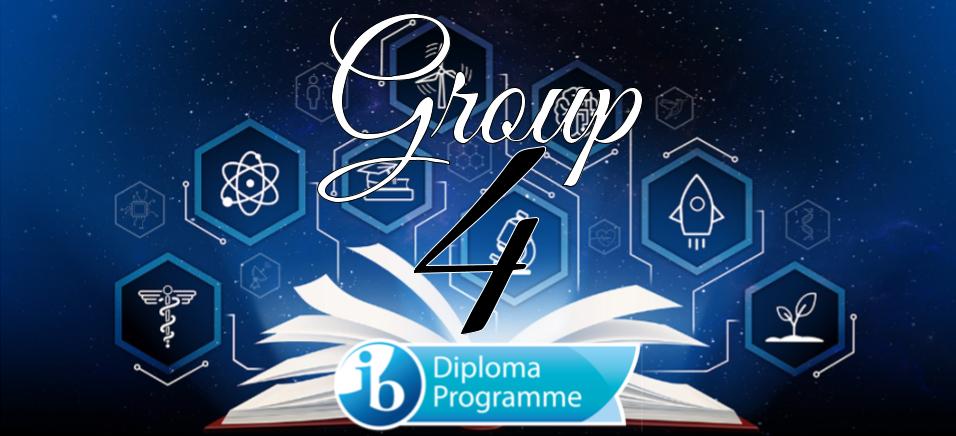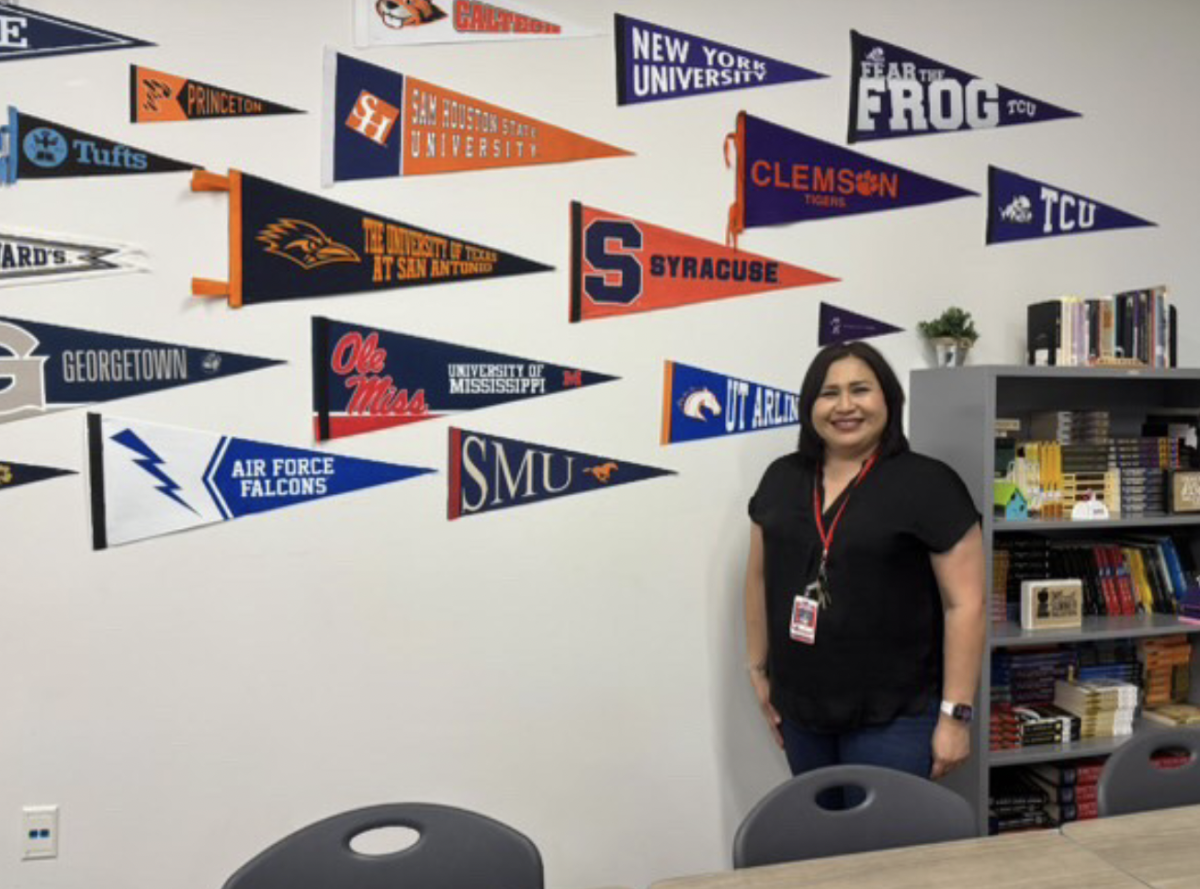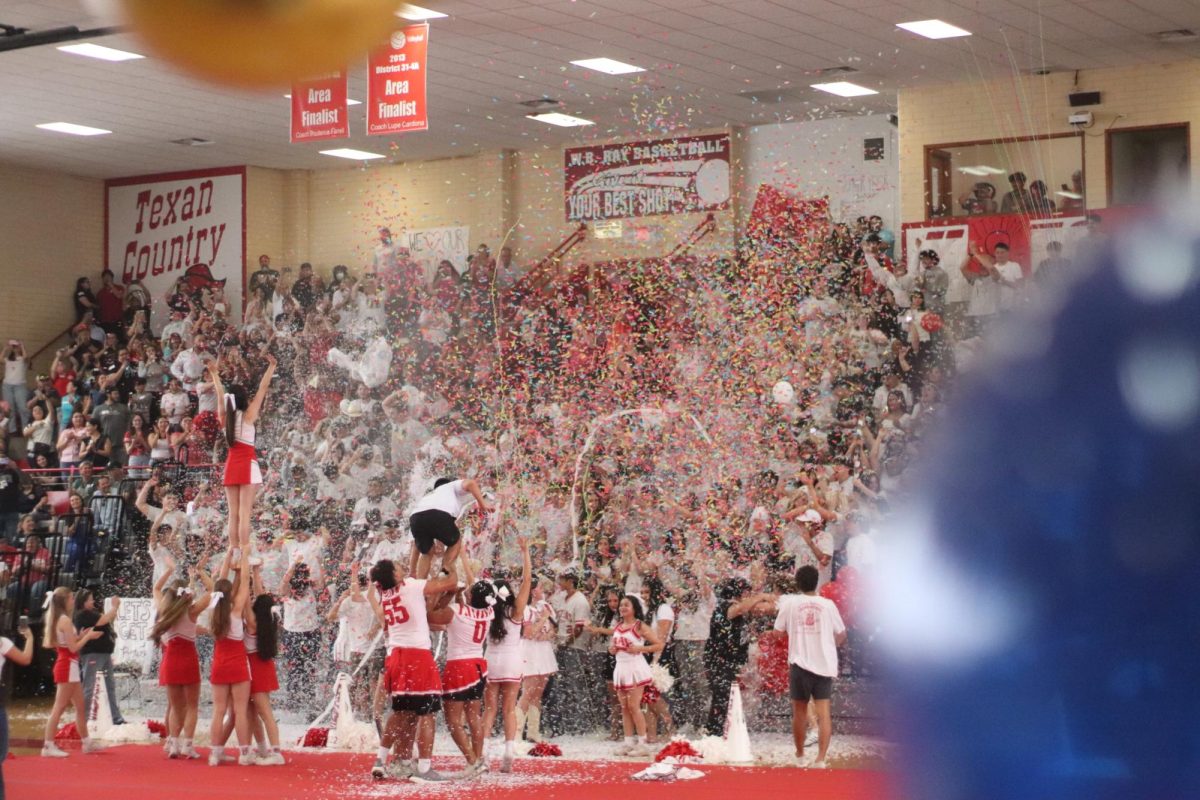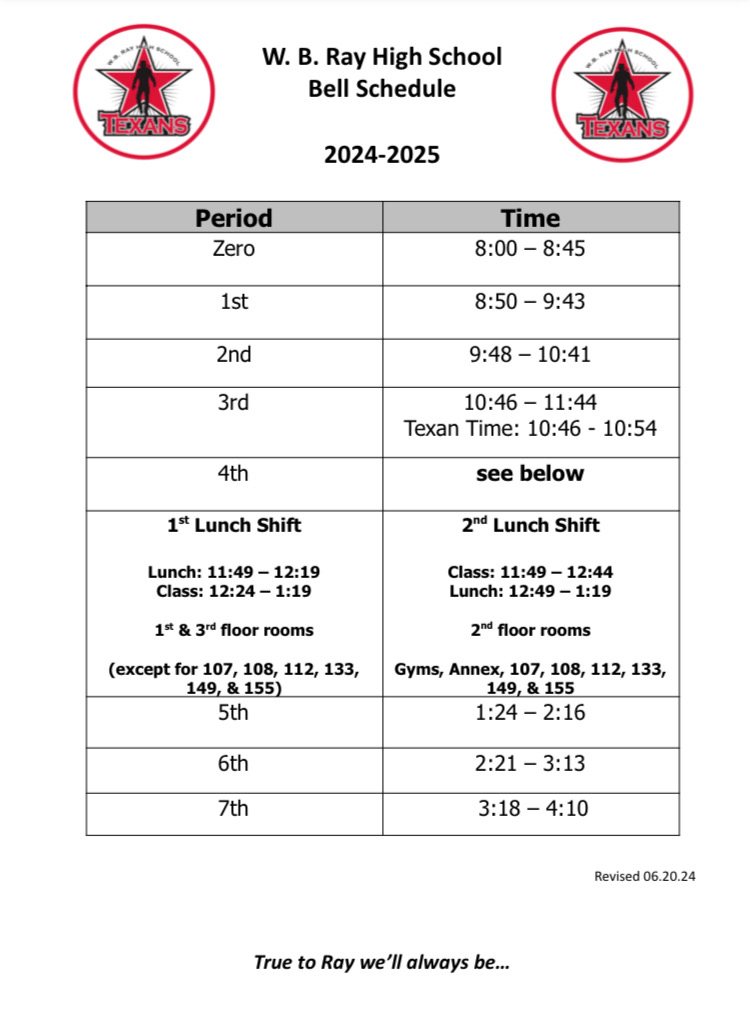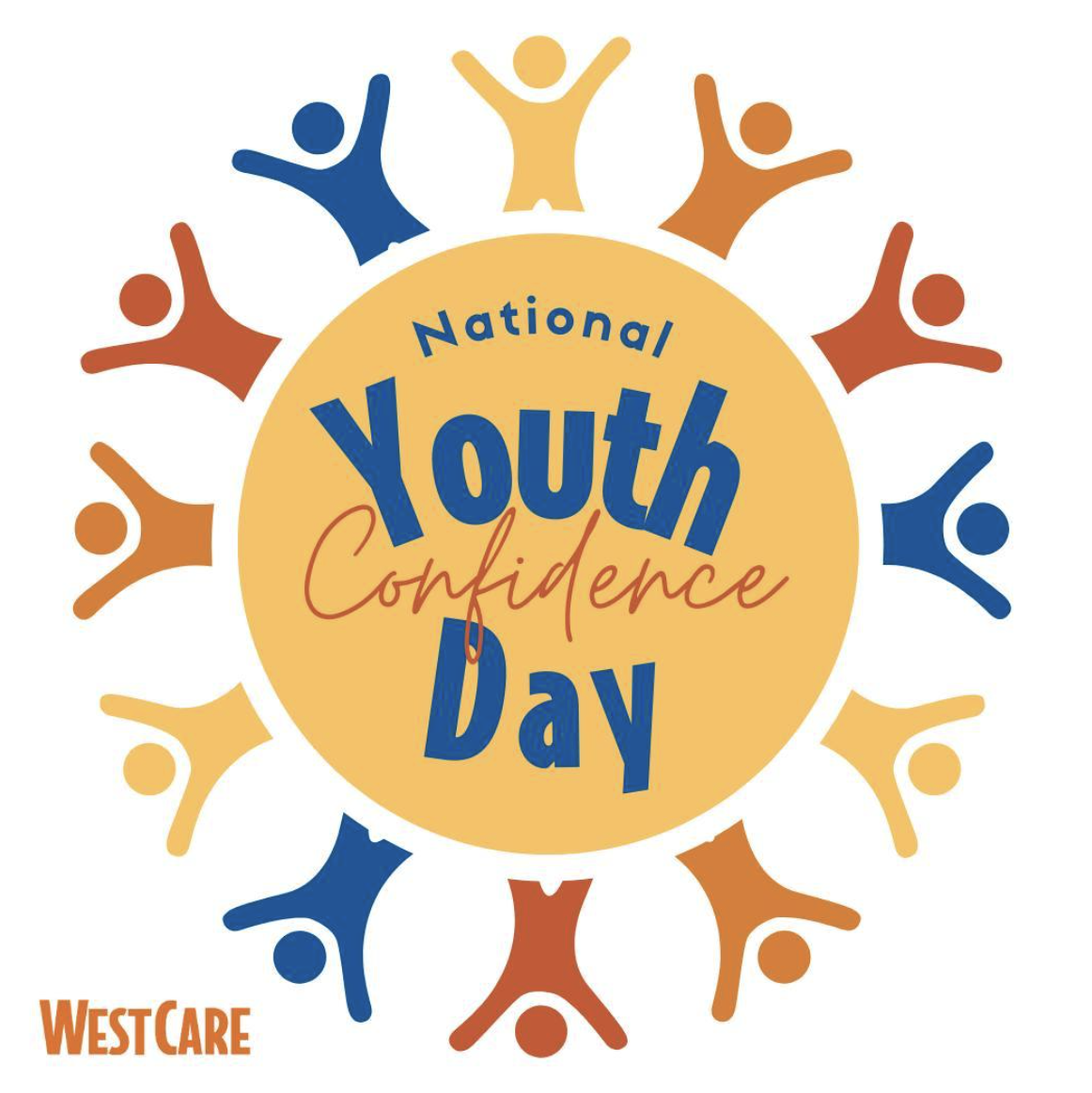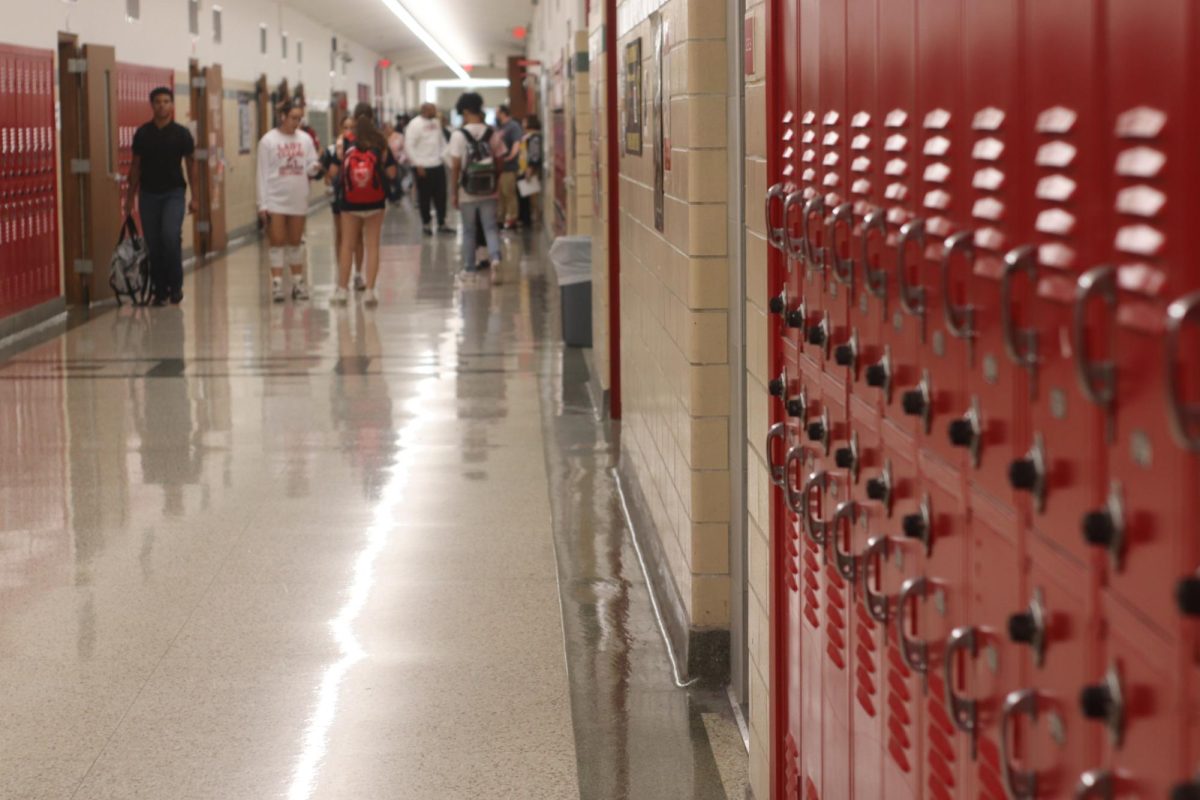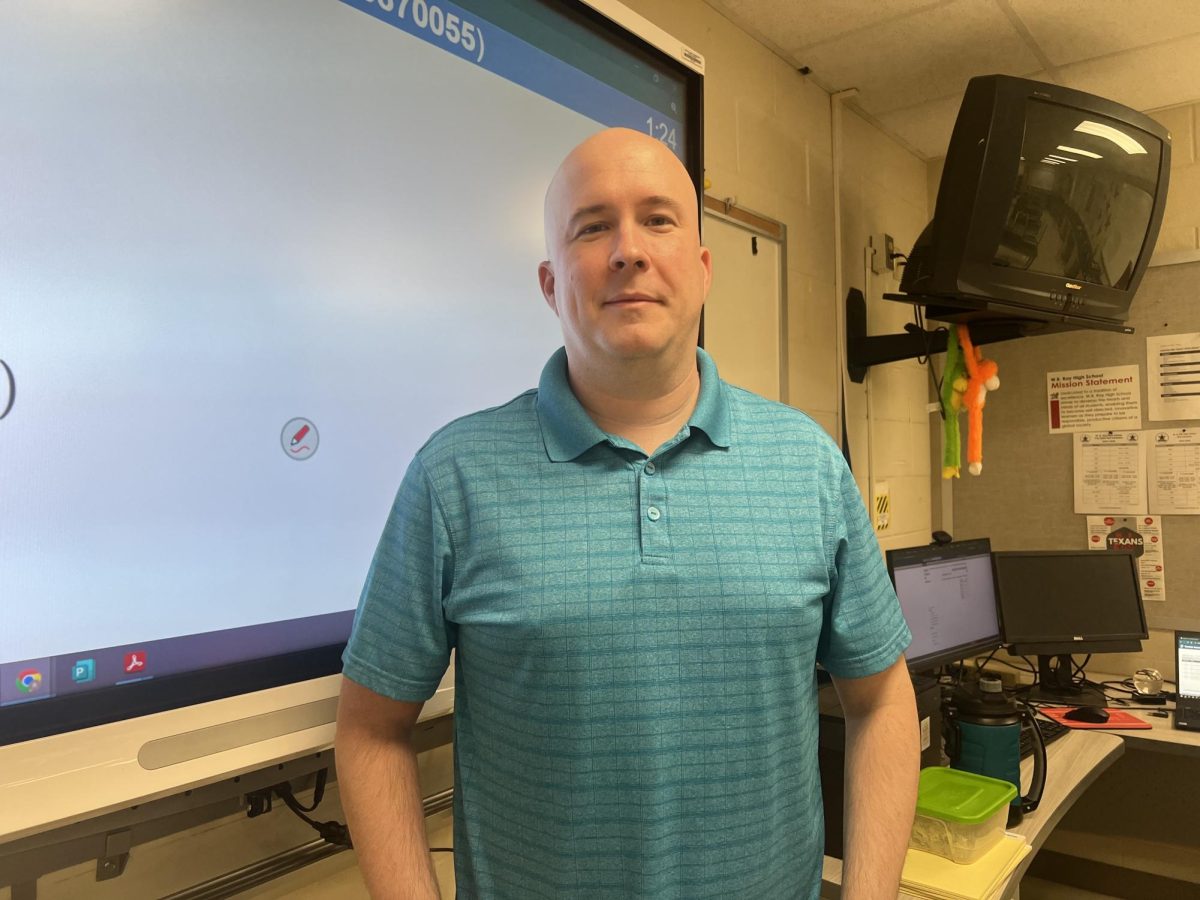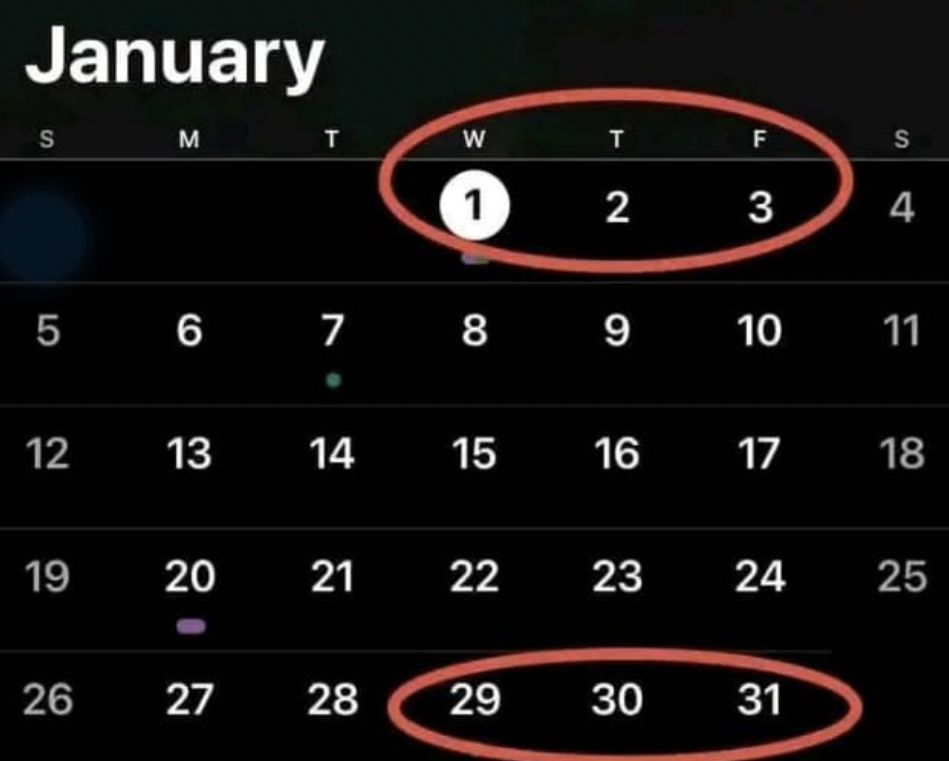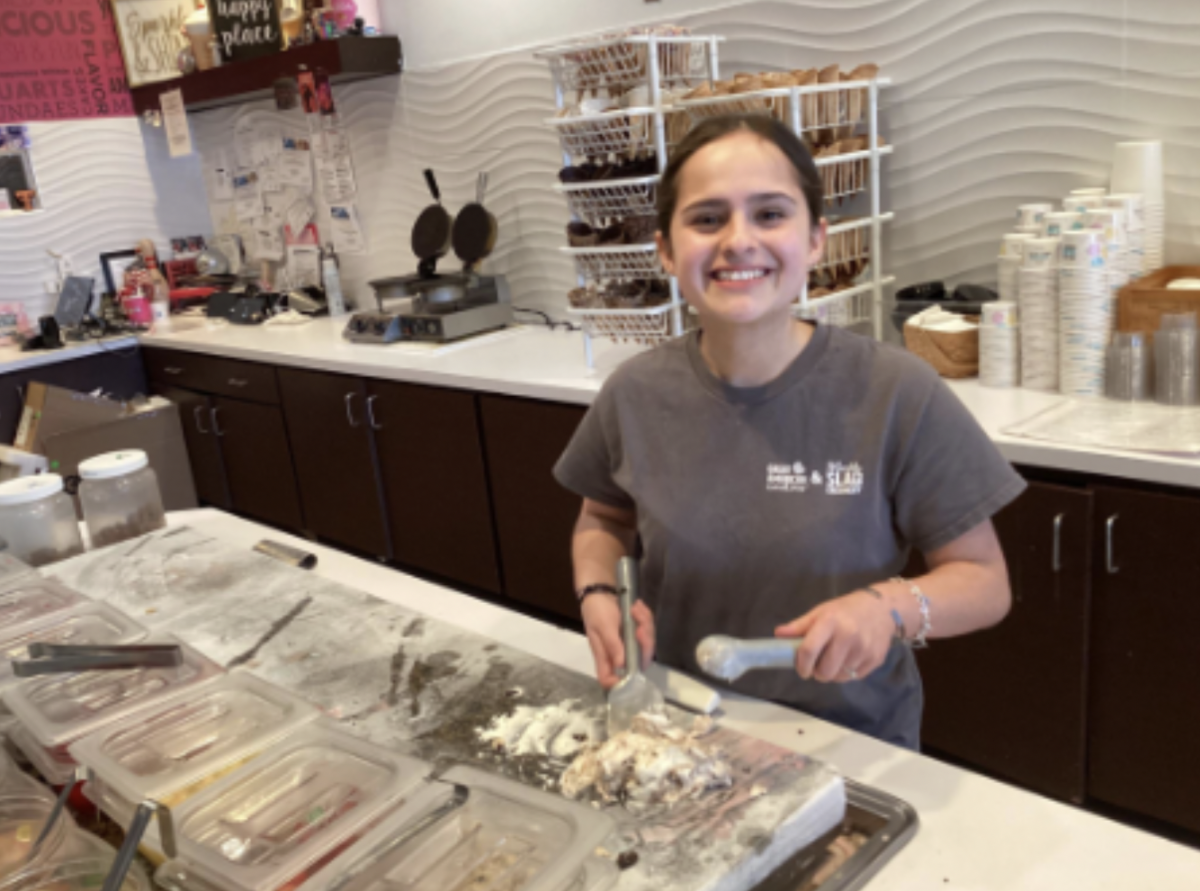The seniors of the IB Cohort in the Class of 2024 recently had to complete the Group 4 project, a requirement for the International Baccalaureate Programme. Group 4 is a collaborative project in the sciences (hence, Group 4, the IB Sciences group) that is always centered around an overarching topic, and this year’s topic was water. Students are required to connect their project to two or more of the science courses that are taught to current IB students. The students are tasked with brainstorming a project a couple weeks beforehand to be executed, prepared, and presented all in one day. The students carry out their experiments and then make an exhibition board showcasing their findings. The sponsor for this project is Mr. Benavidez. When asked how he personally handles all the chaos of many experiments occurring simultaneously, he stated “It was all an organized chaos, I handle it every year and, really, I don’t have to do anything other than get equipment and make sure all the groups are being safe.”
However, Group 4 does not always run as smoothly for the groups as it usually does for Mr. Benavidez. The group Juliana Perez, Josephine Mays and Francheska Laguna had their project literally burn to ashes. The first experiment they intended to do was swabbing water sources in Ray High School for bacteria, but when it was put into the incubator, it burned tragically. Starting from scratch, the team decided on a new experiment: testing how the amount of water affects the viscosity of slime and its overall physical and chemical qualities. The hardest part they encountered, according to Josephine Mays, was “the process of restarting an experiment from scratch and obtaining students’ preferences via a survey.” The most fun part of this particular Group 4 project, according to this group, was getting to play with slime. The greatest stressor for this group was wondering if the experiment would work and how effective it would be. Luckily, they had slime, which can actually be therapeutic due to the relaxing sensory element.
According to Ganesa Espejo, Max Obregon, and Eliza Kelley, the most fun part of Group 4 was the creation of their board. This is potentially due to the fact that their project was literally about testing dirt. Their project consisted of testing the field capacity and wilting point of 4 different types of soils and measuring the difference between them. The hardest part of this experiment, according to Ganesa, was almost running “out of the soil, which only allowed [the team] the ability to do three trials.”
Lipika Mallick, Julia Reed, and Matthew Munoz tested the effect of temperature on absorption rate on different liquids. The most difficult part of their project, according to Lipika, was “Choosing which liquids we were gonna use and having to make sure we could safely make the temperature warmer on specific liquids.” Their project, from an outside perspective, also looked to involve much tedium with Matthe Munoz sitting at the fume hood for an impressive amount of time. Despite the likely tedium, he likely had a wonderful time because, according to the group, the most fun part was heating up liquids and watching the bubbles form. Leading up to the project was not as fun as watching bubbles; Lipika said “there was a lot [of stress], I couldn’t sleep last night, I was scared there would not be enough materials.” Luckily, the team pulled through and created a wonderful Group 4 project!
Overall, the seniors had fun doing this project. They learned cooperation (with their teammates chosen at random from the IB Cohort; there were no choices made in the making of groups), creativity in coming up with a new project related to the topic (as the most obviously water-related topics were snatched up immediately), and efficiency in putting together an entire investigation in the span of one school day. Great job IB Seniors!
